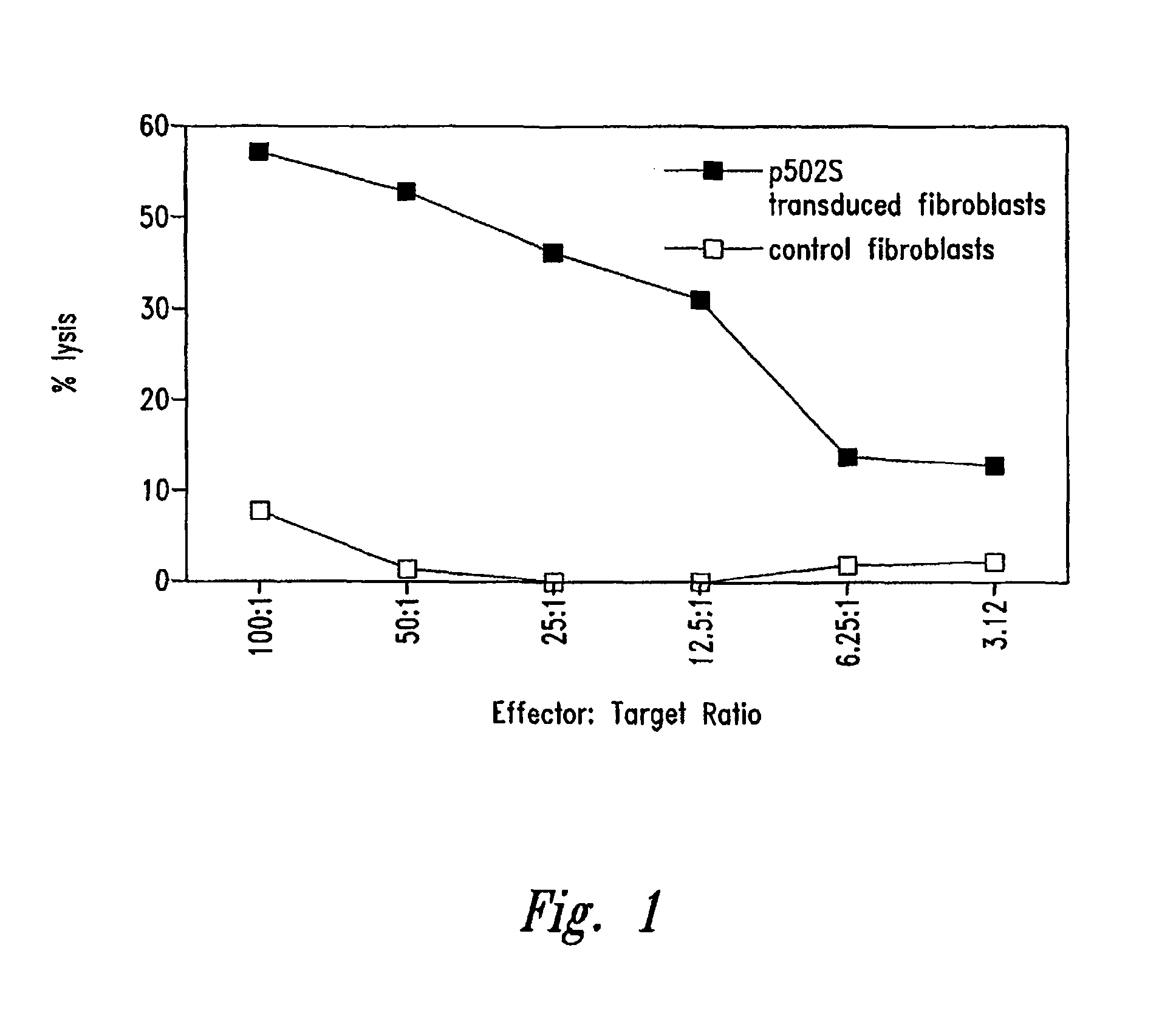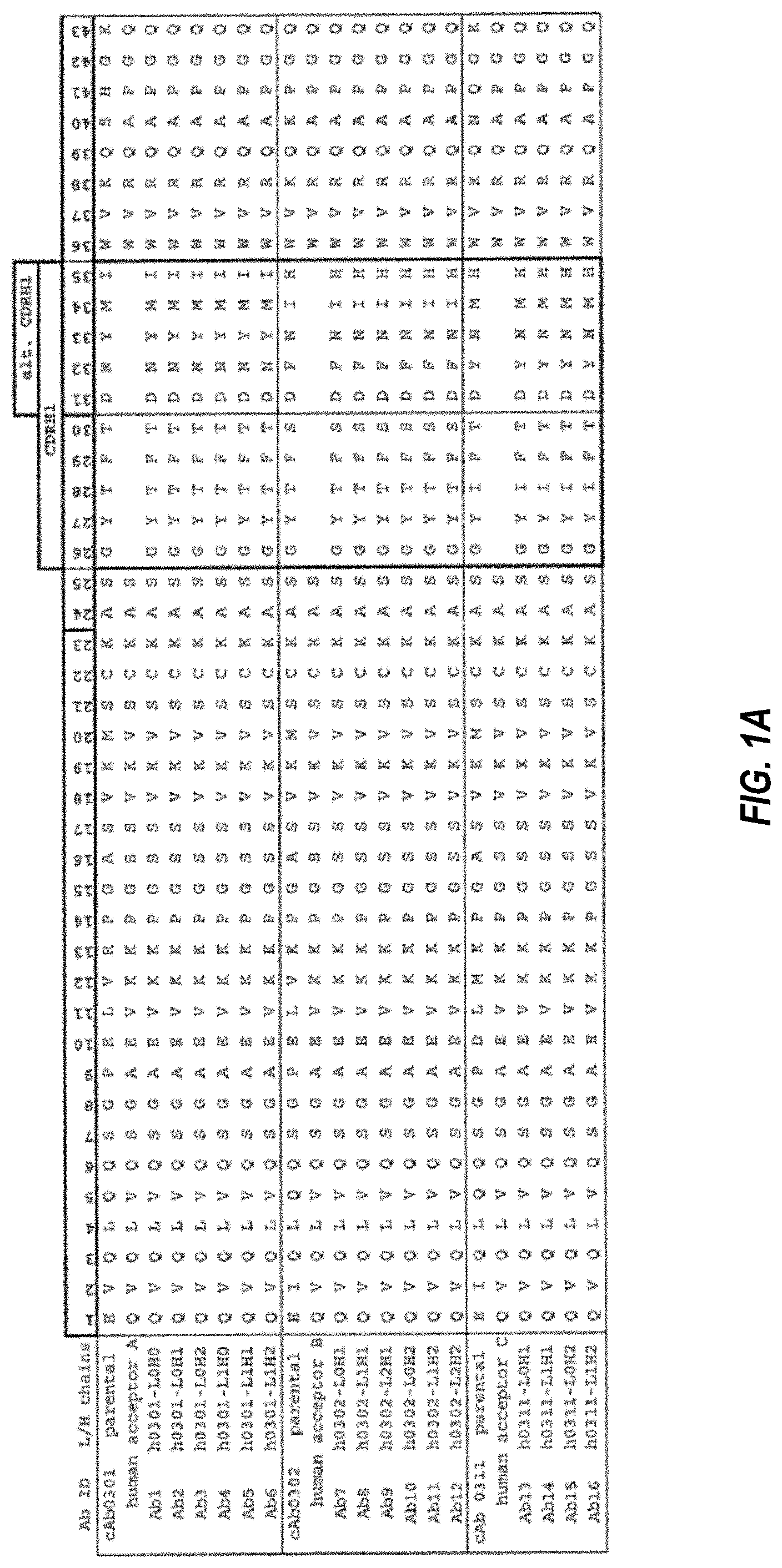Invented by Jiangchun Xu, John A. Stolk, Michael D. Kalos, Corixa Corp
The need for effective treatments and accurate diagnostic tools for prostate carcinoma has become increasingly important as the incidence of this disease continues to rise. According to the American Cancer Society, prostate cancer is the second most common cancer among men worldwide, with an estimated 1.4 million new cases diagnosed in 2020 alone.
In response to this growing demand, pharmaceutical companies and researchers have been developing innovative compositions for the treatment and diagnosis of prostate carcinoma. These compositions include a range of drugs, therapies, and diagnostic tools that aim to improve patient outcomes and enhance the accuracy of prostate cancer detection.
One area of focus in the market for compositions for the treatment of prostate carcinoma is targeted therapies. These therapies are designed to specifically target cancer cells while minimizing damage to healthy cells. Targeted therapies can include drugs that inhibit specific molecular pathways involved in the growth and spread of prostate cancer. By targeting these specific pathways, these compositions can effectively slow down or even halt the progression of the disease.
Immunotherapies have also emerged as a promising approach in the treatment of prostate carcinoma. These compositions harness the power of the immune system to recognize and destroy cancer cells. Immunotherapies can include vaccines that stimulate the immune system to recognize prostate cancer cells as foreign and mount an immune response against them. They can also include immune checkpoint inhibitors, which block proteins that prevent immune cells from attacking cancer cells.
In addition to treatment compositions, the market for diagnostic tools for prostate carcinoma has also seen significant advancements. Accurate and early detection of prostate cancer is crucial for effective treatment and improved patient outcomes. Compositions for the diagnosis of prostate carcinoma include blood tests that measure specific biomarkers associated with the disease, such as prostate-specific antigen (PSA) levels. Imaging techniques, such as magnetic resonance imaging (MRI) and positron emission tomography (PET), are also used to detect and stage prostate cancer.
The market for compositions for the treatment and diagnosis of prostate carcinoma is driven by several factors. The increasing prevalence of prostate cancer, coupled with the growing awareness and screening efforts, has led to a higher demand for effective treatments and diagnostic tools. Additionally, advancements in technology and a better understanding of the molecular mechanisms underlying prostate cancer have paved the way for the development of innovative compositions.
However, challenges still exist in this market. Prostate carcinoma is a complex disease, and not all patients respond equally to available treatments. There is a need for personalized medicine approaches that take into account individual patient characteristics and genetic profiles. Additionally, the high cost of some of these compositions can limit their accessibility to patients.
In conclusion, the market for compositions for the treatment and diagnosis of prostate carcinoma is expanding rapidly. With the increasing incidence of prostate cancer and the need for more effective treatments and diagnostic tools, pharmaceutical companies and researchers are investing in the development of innovative compositions. Targeted therapies, immunotherapies, and advanced diagnostic tools are among the key areas of focus. While challenges remain, the advancements in this market offer hope for improved outcomes and better quality of life for patients with prostate carcinoma.
The Corixa Corp invention works as follows
Compositions and methods are disclosed for the treatment and diagnosis of prostate cancer and other cancers. Illustrative formulations include one or more polypeptides specific to prostate, immunogenic portions of these polypeptides and polynucleotides encoding such polypeptides. They also contain antigen-presenting cells that express such polypeptides as well as T cells that recognize cells expressing polypeptides. Compositions disclosed are useful for the treatment, prevention, and/or diagnosis of diseases.
Background for Compositions for the treatment and diagnosis of prostate carcinoma
1. “1.
The present invention is a general therapy and diagnostic tool for cancers such as prostate cancer. The invention is related more specifically to polypeptides that contain at least a portion a prostate-specific proteins, and polynucleotides that encode such polypeptides. These polypeptides are used in pharmaceutical compositions such as vaccines and other compositions to diagnose and treat prostate cancer.
2. “2.
Cancer is an important health problem around the globe. Despite advances in cancer detection and treatment, there is no universally effective method of prevention or treatment. The current therapies, which generally combine chemotherapy, surgery, and radiation, are inadequate for many patients.
Prostate cancer is the leading form of cancer in males over 50 years old. Clinical evidence suggests that prostate cancer in humans is more likely to spread to the bone. The disease also appears to progress from an androgen-dependent to an androgen-refractory state, increasing patient mortality. This common disease is the second most common cause of cancer deaths among men in the U.S.
Prostate cancer is difficult to treat despite extensive research on therapies. Treatment is usually based on radiation or surgery, but this method is ineffective in many cases. The therapeutic and diagnostic value of two previously identified prostate-specific proteins, PSA and PAP, is limited. PSA levels, for example, do not always correlate with prostate cancer. They are positive in some cases of benign prostatic hyperplasia, as well as other conditions. PSA measurements are also correlated with the prostate volume and do not indicate metastasis levels.
Despite extensive research into treatments for these and other types of cancer, prostate cancer is still difficult to diagnose and effectively treat. There is therefore a need for improved methods of detecting and treating cancers. “The present invention meets these needs, and also provides other benefits related to them.
In one aspect, this invention provides polynucleotide compounds that contain a sequence chosen from the following:
(a) sequences in SEQ ID No: 1-111, 173-175, 181-179, 305-315, 307-315 and 326-328, 332-335 and 384-476; 524, 526, 530, 531, 533, 542, 569-572 and 587, 606, 618, 691, 606, 618, 705 and 709-774.
(b), complements of the sequences in SEQ ID No: 1-111, 173-175, 177-179, 307-315; 524, 526, 530, 531, 533, 542, 552, 569-572; 587, 606, 618, 706, 709-774; 777, 789, 803, 823, 424, 878-880-882,894, 896,907, 908, 911, 916-919,929-931
(c), sequences consisting at least of 20 contiguous residues from a sequence as provided in SEQ ID No: 1-111; 115-171, 173-175, 181-179, 307-315; 526, 531, 533,535,536; 552, 569-572; 587,591, 593-606 618-705 709-774 777, 789 817,823,824 878,880-882 894,896
(d), sequences that are hybridized to one of the following sequences: 1-112, 115-171, 173-175, 181-179, 307-315; 524, 526, 530, 531, 533, 542, 552, 569-572; 587,591, 618, 606, 618-705; 709-774; 777, 789 817,823, 824,878-880-882 894,896 907,908, 916-919
(e), sequences with at least 75% similarity to the sequence of SEQ ID No: 1-111; 115-171, 173-175, and 177-305; 524, 526, 530, 531, 533, 542, 552, 569-572; 587,591, 618, 606, 709-774; 777, 789 817,823, 824,878-880-882 894,896 907,908, 916-919 929-931
(f) sequences with at least 90% identity to the sequences of SEQ ID No: 1-111; 115-171, 173-175, 181-179, 307-315; 524, 526, 530, 531, 533, 542, 552, 569-572; 587,591, 618-705; 709-774. 777, 789. 817,823-824, 878. 880-882. 894,896. 907, 908, 911
(g), degenerate variations of a sequence as provided in SEQID NO: 1-111, 115-171, 173-175,177, 179, 30-305, 326-328, 330-333, 332-335, 340-382, 381, 382, 384-476, 524, 526, 530, 531, 533, 542, 552, 569-572, 587,591, 618, 606-618, 618-705
In one preferred embodiment, polynucleotide compounds of the invention were expressed in at the very least 20% of prostate tissue samples, but more preferably, in at the very least 30%. Most preferably, they were expressed in about 50%, with a concentration that was at least 2-fold higher, preferable at about 5-fold and most preferably, at about 10-fold greater than for normal tissues.
In another aspect of the invention, polypeptide compositions are provided that contain an amino acid coded by a sequence of polynucleotides described above.
The present invention also provides polypeptides composed of an amino acid sequence chosen from the following sequences: SEQ ID No. 112-114; 172; 176; 178; 327-329, 331, 477-483, 483, 504, 505, 520, 522, 525, 532, 527, 533, 537-551, 553-568, 573-586, 588-590, 592, 706-708, 775, 756, 778, 780
In certain preferred implementations, polypeptides or polynucleotides are immunogenic. They are capable of eliciting a response immune, in particular a humoral response and/or cellular immune response as described further herein.
In In
Certain illustrative P501S Polypeptides in this embodiment will consist at least of 11-542 amino acids residues or 11-100 residues. They will also contain SEQ NO: 1037.
Click here to view the patent on Google Patents.









